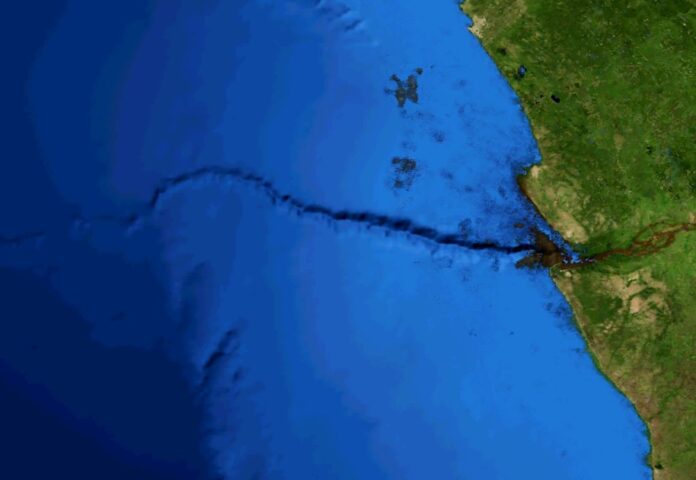West African Cable System and Sat-3 cable damage impacts Europe-Southern Africa traffic
The West African Cable System (WACS) and the South Atlantic 3 (SAT–3) undersea cables have experienced breaks impacting connectivity between Europe and South Africa.
The breaks were reportedly caused by a rock fall in the Congo Canyon according to MyBroadband. Based on the distance measured using the systems’ Coherent Optical Time Domain Reflectometer, the breaks occurred between the Democratic Republic of Congo and Cameroon.
Telkom SA’s wholesale fixed-line division Openserve confirmed the breaks and told MyBroadband it was working with its consortium partners to facilitate the restoration of the cables.
State-owned infrastructure telco Broadband Infraco tweeted – [x’ed] – that the WACS break occurred near the Congo Canyon around 3686km from the Yzerfontein cable landing station.
“The impact on our network is limited to customers on the international private leased circuits services,” Openserve said. “The Openserve network remains robust due to our investment in other international cable capacity, hence all Openserve IP Transit services (WebReach) traffic have been automatically re-routed, ensuring our customers stay seamlessly connected.”
The cable-laying ship Leon Thevenin has reportedly been mobilised for the deep-water repair but has only just arrived in Mombasa, Kenya from Capetown, South Africa so the repairs will not be a fast one.
WACS links South of Africa and Europe, spanning west coast of Africa and terminating in the United Kingdom. The 16,000km 4 fibre pair system has 15 terminal stations and is owned by a consortium of 18 international telecom carriers. The older SAT-3 cable system has a total capacity of 120Gbps and was ready for service in 2001.
Canyon woes and mega mudslides
This isn’t the first time these cables have been damaged. In January 2020, the SAT-3 cable, linking Africa to Portugal and Spain was hit by a breakdown in Gabon, while the WACS cable saw an outage off the coast of the DRC Congo. In March of that year, the WACS cable experienced a further break affecting international bandwidth.
UK researchers happened to have sensors mounted on the underwater canyon which is one of the largest on earth, cutting across the continental shelf of West Africa for 85km until it reaches the shelf edge, then continuing down the slope, ending 280km from its origin. At its deepest point, the V-shaped canyon walls are 1100 meters high.
Despite the cables not having broken before, a “prodigious 1,250 km runout submarine sediment avalanche” caused by the largest flood in 50 years along the Congo River took them out – hard to resist a self-accelerating 1000km mudslide.
2Africa heading DRC’s way
According to Angolan news agencies, the country’s largest mobile operator Unitel landed the 2Africa subsea cable on the Cacuaco Beach in Luanda on 30 July. The 2Africa consortium has eight international partners: China Mobile International, Meta, MTN GlobalConnect, Orange, center3 (stc), Telecom Egypt, Vodafone/Vodacom and WIOCC.
Unitel is one of the five shareholders of international connectivity company Angola Cables, established in 2009 as a wholesale network operator and a joint venture of five Angolan operators Angola Telecom (51%), Unitel (31%), MSTelcom (9%), Movicel (6%) and Startel (3%). Angola Cables currently owns all the three international subsea cables connecting Angola, i.e., WACS, SACS and SAT-3/WASC.
In addition to the participation in the 2Africa subsea cable project, Unitel completed its domestic Unitel Northern Submarine Cable in January 2023. Supplied by HMN Tech, UNSC spans approximately 1,145km, connecting the provinces of Cabinda and Zaire via two distinct routes.


